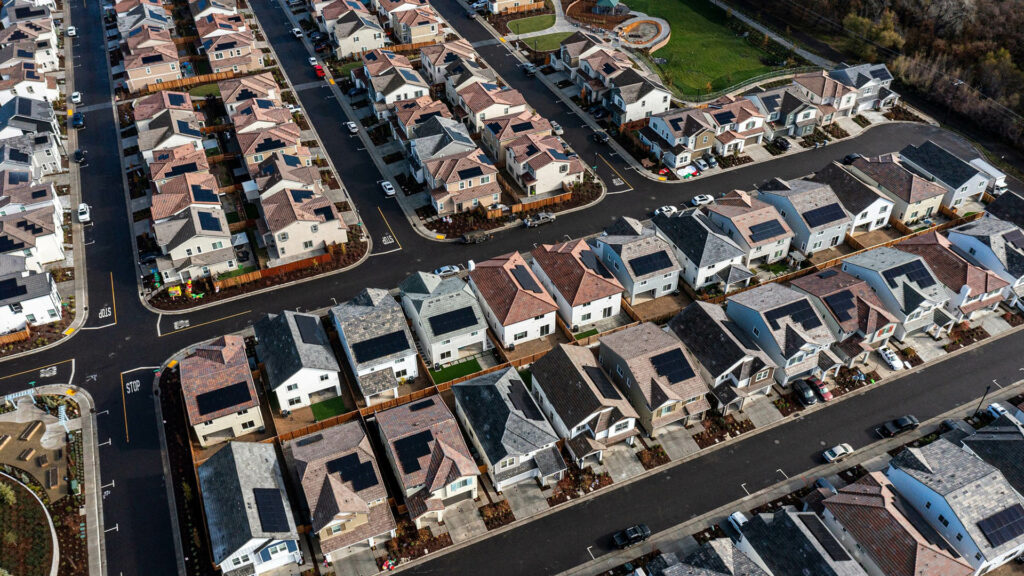Trending: Here are some Business Statistics and Trends to know
|
Getting your Trinity Audio player ready...
|
The average rate for the widely sought-after 30-year fixed mortgage soared to a notable 7.72% on Tuesday, a level unseen since the close of the year 2000.
This surge in mortgage rates aligns with the upward trajectory of the 10-year Treasury yield, a trend that has gained momentum this week, largely attributed to robust economic indicators. As we explore this development, it's essential to understand its implications for the housing market and homebuyers alike.
Rising Mortgage Rates in 2023
At the outset of this year, the 30-year fixed-rate mortgage experienced a decline, briefly touching around 6%. This drop stimulated activity within the spring housing market.
However, rates subsequently embarked on a consistent ascent throughout the summer, resulting in a decline in home sales despite sustained buyer demand. The present trajectory hints at even higher rates, potentially surpassing the 8% threshold.

The Federal Reserve's Role
While the Federal Reserve opted not to raise interest rates in its most recent meeting, it indicated the possibility of another rate hike before year-end, coupled with fewer rate cuts than initially anticipated for the following year. Thus investors have awaited the outcome of early October economic data.
“It is now the first week of October, and data has been stronger,” wrote Matthew Graham, chief operating officer at Mortgage News Daily. “This morning’s JOLTS (job openings and labor turnover survey) is the biggest, worst confirmation so far this week, and it’s pushing yields to fresh long-term highs. Pretty simple stuff even if unpleasant and unfortunate for fans of low rates.”
Implications for the Housing Market
Higher mortgage rates have dealt a significant blow to housing affordability, impacting both the new and existing home sales markets. Builders, who had benefited from the limited supply of existing homes, are now grappling with the effects of elevated mortgage rates.
Builder sentiment experienced a decline, dipping into negative territory in September, marking the first occurrence in five months.
A Perspective on Rates
To provide context, consider a borrower purchasing a $400,000 home with a 20% down payment on a 30-year fixed loan. The current monthly payment is approximately $930 higher compared to the rates at 3%, a scenario witnessed during the peak of the Covid-19 pandemic.
As mortgage rates continue their upward trajectory, they hold substantial consequences for homebuyers, builders, and the broader real estate market. The dynamics between these factors will be vital to watch as the year unfolds, influencing housing decisions and economic trends.






